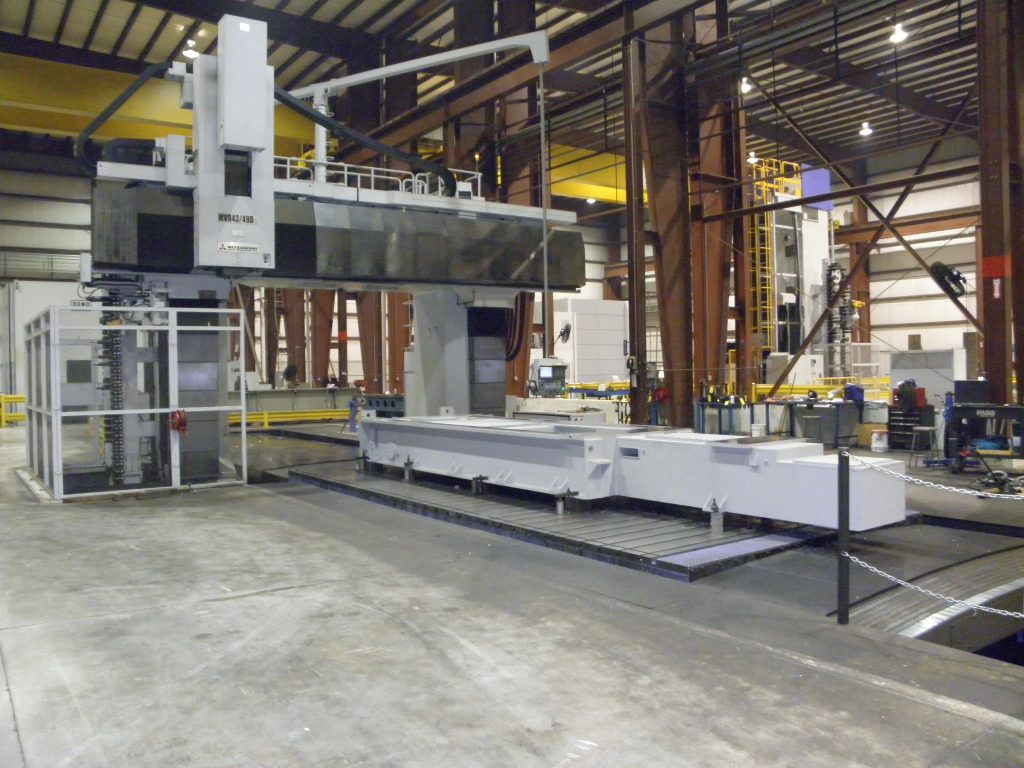CNC Machining has, for the better part of this decade, transformed how industries operate. Both SMEs and large industries have benefited from this technology.
However, large part machining has remained to be a challenge.
While it’s a good option for handling large industrial parts, there’s still a dense cloud hovering over this process.

What’s wrong with Large part machining?
Ø Complex set-up
Among other things, the biggest challenge posed by large part machining is its setup.
Mounting, clamping and streamlining the machine can be a strenuous activity that may take days or weeks to complete. Furthermore, you’ll have to conduct training for your employees to ensure they can use it to complete productions effectively.
More often than not, industries experience a lash back from the employees regarding this tech.
Ø Accuracy problems
Large parts are generally much harder to maintain accuracy, compared to smaller parts. This is because with magnified parts comes an increase in the number of factors affecting accuracy.
For instance, large part machining produces a lot of heat, which causes thermal expansion of the parts. This may not only distort the machine’s accuracy but also affects the part’s integrity.
Ø Material stress and Tolerance
Unlike the smaller parts, Large part machining leaves no room for error during fabrication. Therefore, you can’t overlook any distortions in the materials, as they might affect the overall accuracy of the part.
Owing to the large surface area involved, you might also need to do multiple quality checks to ensure that the fabrication reliability is on point. This increases the cost of the overall process and puts off many manufacturers.
Ø Early experimentation
Although large part machining can be profitable and productive, it takes a lot of time for the experts to streamline it into your production line.
And here’s where most industries go wrong. Most enterprises start experimentation too early in order to boost their productivity, and when it fails, they give up on the technology.
However, this shouldn’t be the case. Implementing the technology is takes time, but once it’s up and running, the fruits are worth it.
Solutions to Large Part machining
Many industries are looking for ways to solve the challenges of large part machining. But the solution is simple; Pre-planning
The only way you’re going to implement large part machining is if you’ve already planned for it in advance. This means assembling all the necessary tools and materials, preparing the space, and training your employees.
Tip: Ensure that all your employees support the implementation of this process.
You also need to plan for how the production will take place, ensuring that there’s minimal relocation of parts – it will help maintain the accuracy required in the production.
Lastly, you have to give your experts and machines time to fine-tune the technology in your production. Sure, it may take time, but that’s the only way you’ll get the results you’re after.
Conclusion
Numerous industries could benefit from large part machining, but the challenges above restrict them. You, however, don’t have to let these challenges stall your projects. Plan for the technology early, and you can be assured of streamlined operations in no time!
